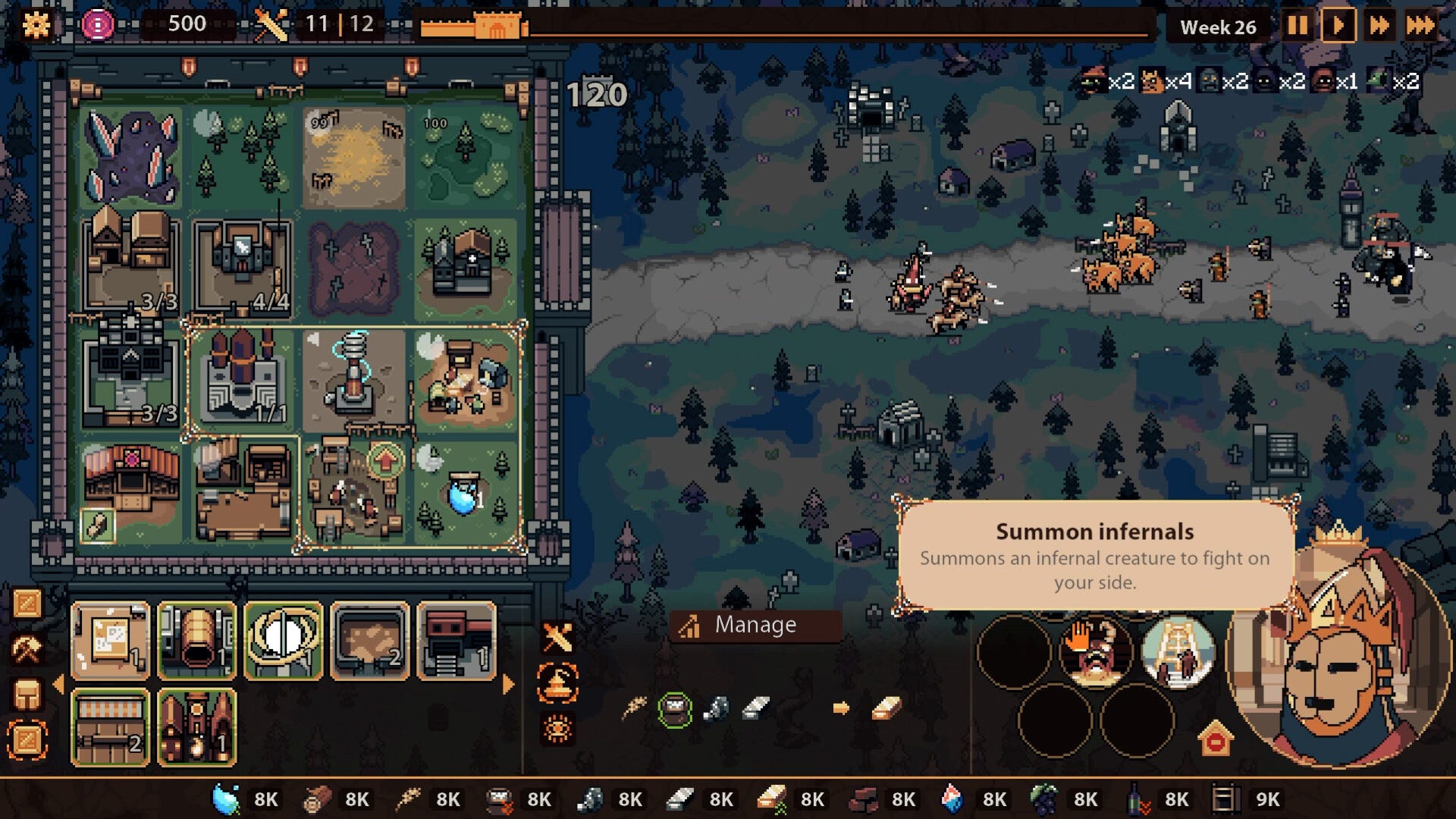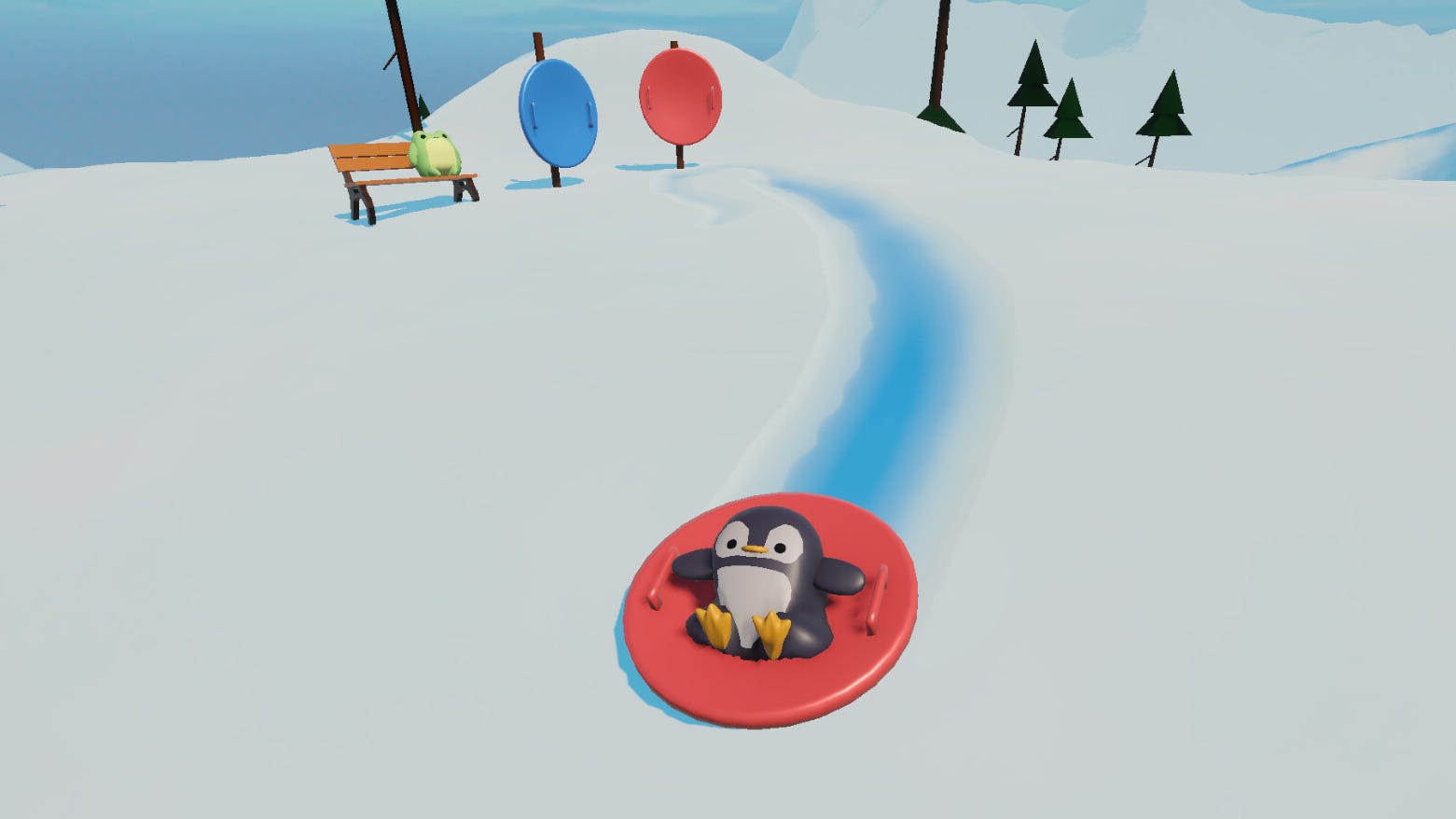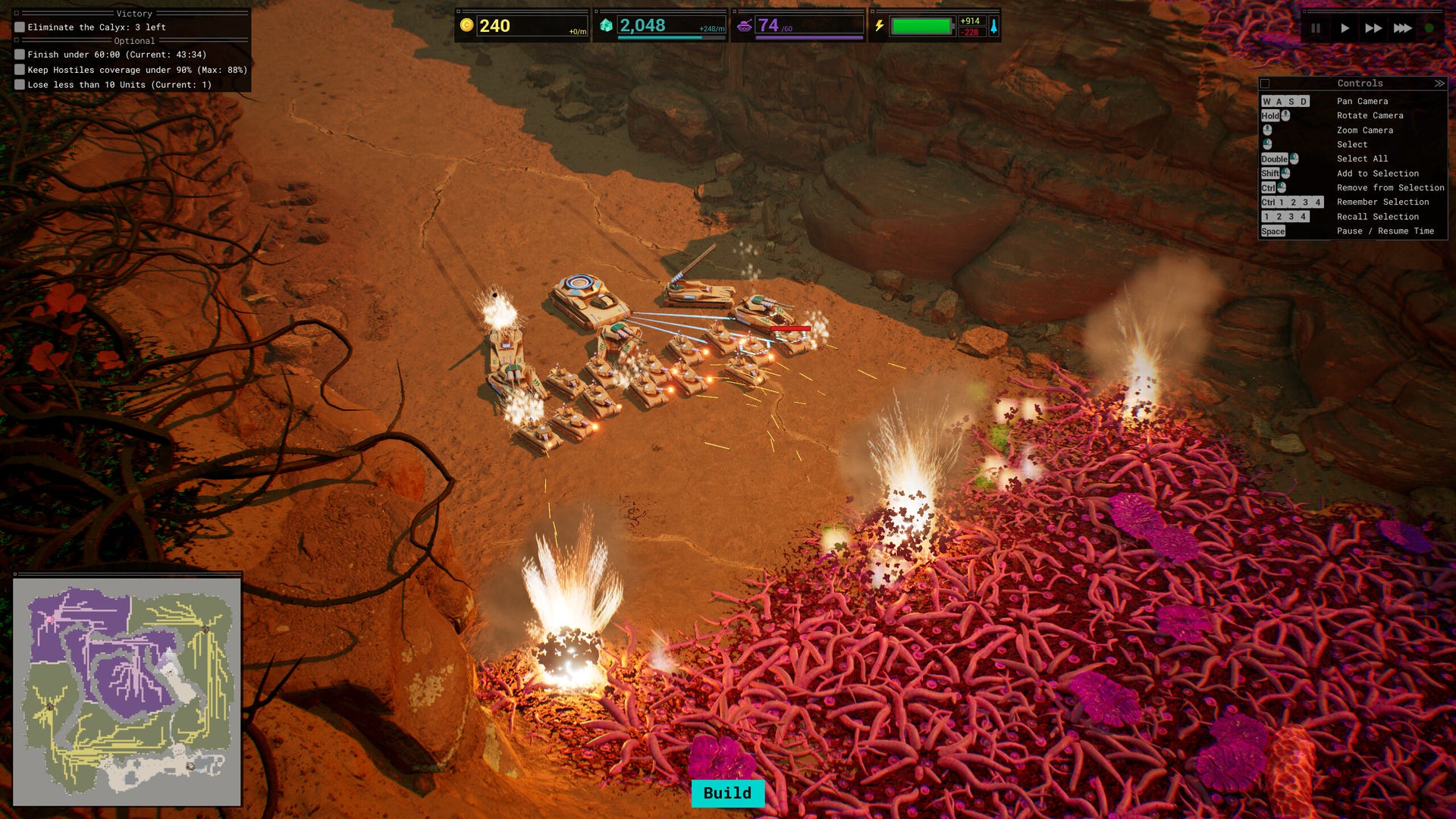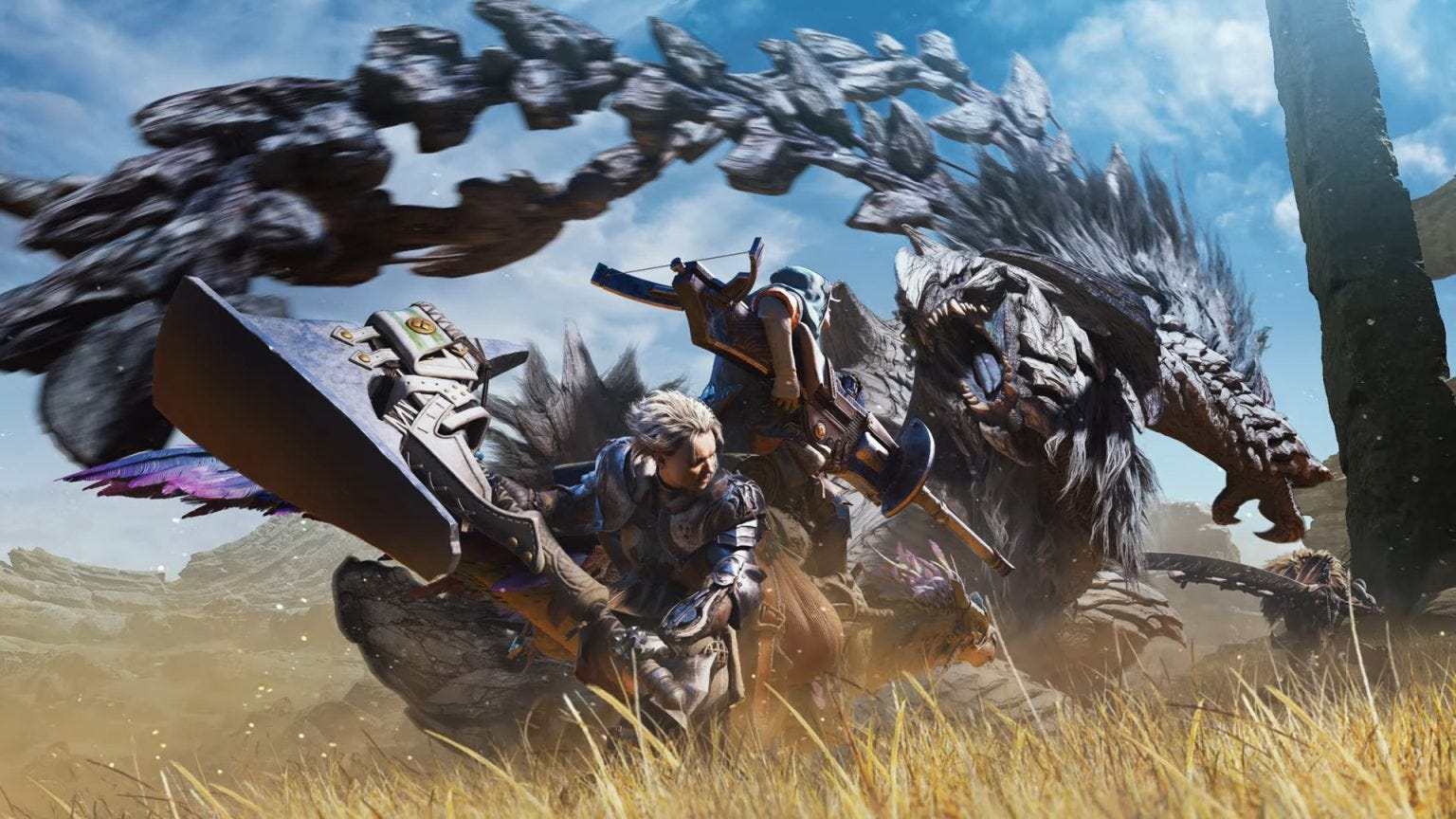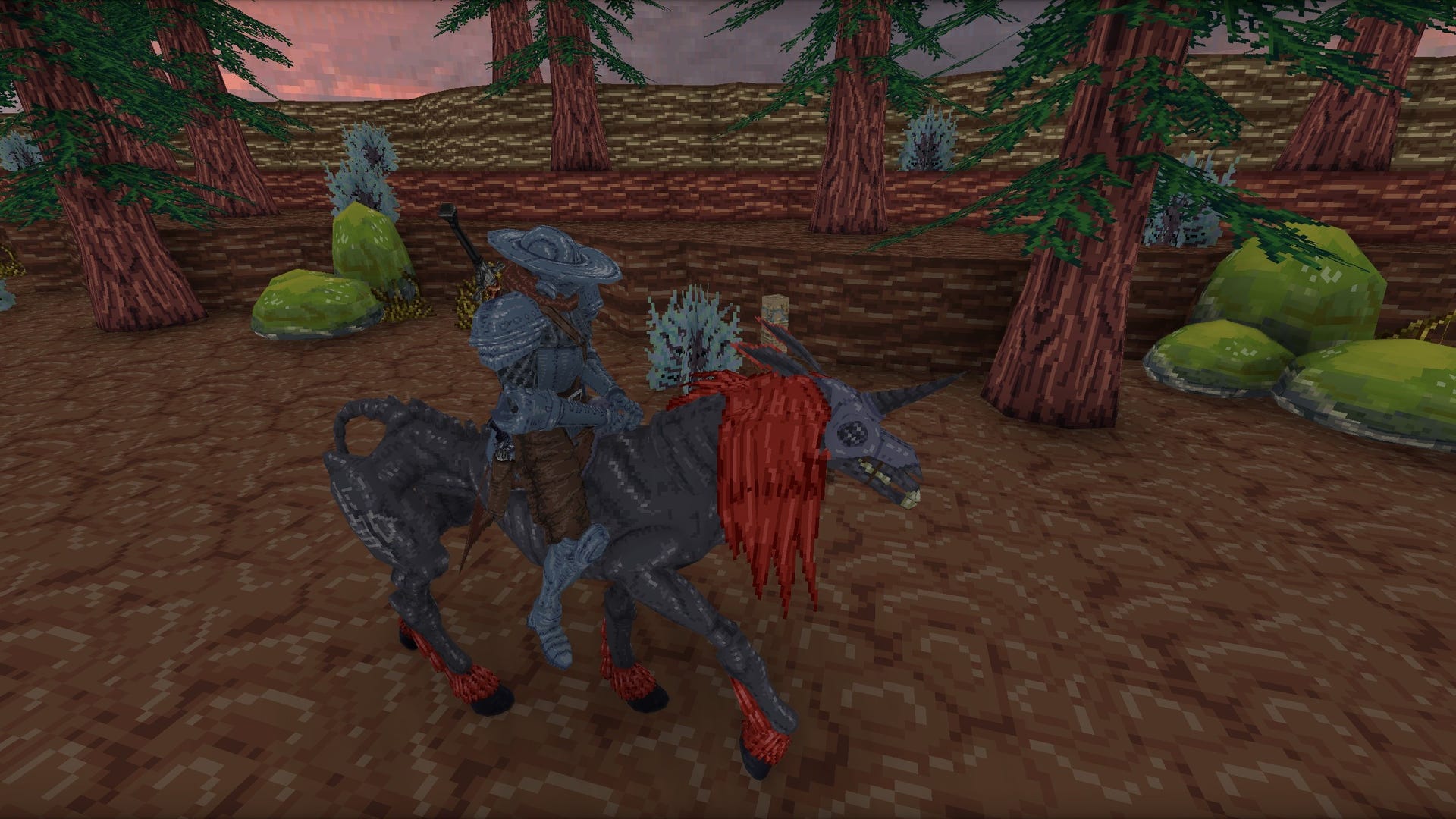2025 is only a few weeks old, and yet we’ve already seen so much. The announcement of a new Nintendo console. The death and resurrection of TikTok. And now, a new Grand Theft Auto VI Trailer 2 release date theory.
This one (believe it or not there are more than a few GTA 6 theories doing the rounds) was sparked into life by another seemingly innocuous GTA Online promo tweet by Rockstar Games. “Claim a free Vapid Dominator GT muscle car and more with GTA+,” the tweet reads. “Members also earn bonuses on Priority FIB Files and Terrorbyte Client Missions, save with Arcade Property discounts, and much more.”
What information-starved GTA fans were most interested in, however, was the accompanying image, which includes a shot of a metal shipping container with a series of numbers printed on its side. One number is singled out with a slightly enlarged font and a rectangle around it: 2.
That’s all it took for eagle-eyed obsessives to set off on yet another GTA 6 theory brainstorm. The 2 must be a reference to GTA 6 Trailer 2, right? But what if you add up all the other numbers? Does that mean anything?
X/Twitter account @GTA6Plus did the math and came up with the number 30. “They made sure to include the numbers in the post,” GTA6Plus insisted. “They have to mean something.” January 30, 2025 for the GTA 6 Trailer 2 reveal?
They made sure to include the numbers in the post. They have to mean something. pic.twitter.com/icQSlVp11g
— GTA 6+ (@GTA6Plus) January 17, 2025
There’s more to this theory. It turns out the release dates for both Red Dead Redemption 2 and Grand Theft Auto V were announced on a Thursday. January 30, 2025 is a Thursday. Coincidence?
Fans have also pointed out that Rockstar parent company Take-Two is set to release its next set of financial results on February 6, so a release date announcement as part of a new trailer beforehand might make sense.
We’ve been here before, of course. Multiple times. Rockstar released GTA 6 Trailer 1 to record-breaking viewership in December 2023, but it hasn’t released a single asset in the 13 months since. The year-long wait for more information has fueled increasingly bizarre conspiracy theories about when Rockstar will release GTA 6 Trailer 2. These have included counting the holes in Lucia’s cell door net, the bullet holes in the car from Trailer 1, and even analyzing registration plates. But chief among the conspiracy theories is GTA 6’s ongoing moon watch, which was, remarkably, proven to have accurately predicted the date Rockstar announced when it would release GTA 6 Trailer 1 last December, but debunked as a hint at the release date for Trailer 2.
Crazy? One former developer at Rockstar recently expressed his delight at the many wild conspiracy theories surrounding GTA 6, insisting staff at the studio will be enjoying watching the community go off the deep end.
It is remarkable that Rockstar has gone a year without following up GTA 6 Trailer 1 with any new information at all. With GTA 6’s fall 2025 release window on PS5 and Xbox Series X and S still on the cards, according to Take-Two, you’d expect Rockstar to pipe up sooner rather than later.
While you wait to find out, IGN has much more on GTA 6 to check out, including an ex-Rockstar dev who says the studio probably won’t be able to decide whether GTA 6 is delayed until May 2025, the boss of Take-Two’s coy response on whether GTA 6 is coming to PC, and the expert opinion on whether the PS5 Pro will run GTA 6 at 60 frames per second.
Wesley is the UK News Editor for IGN. Find him on Twitter at @wyp100. You can reach Wesley at wesley_yinpoole@ign.com or confidentially at wyp100@proton.me.

